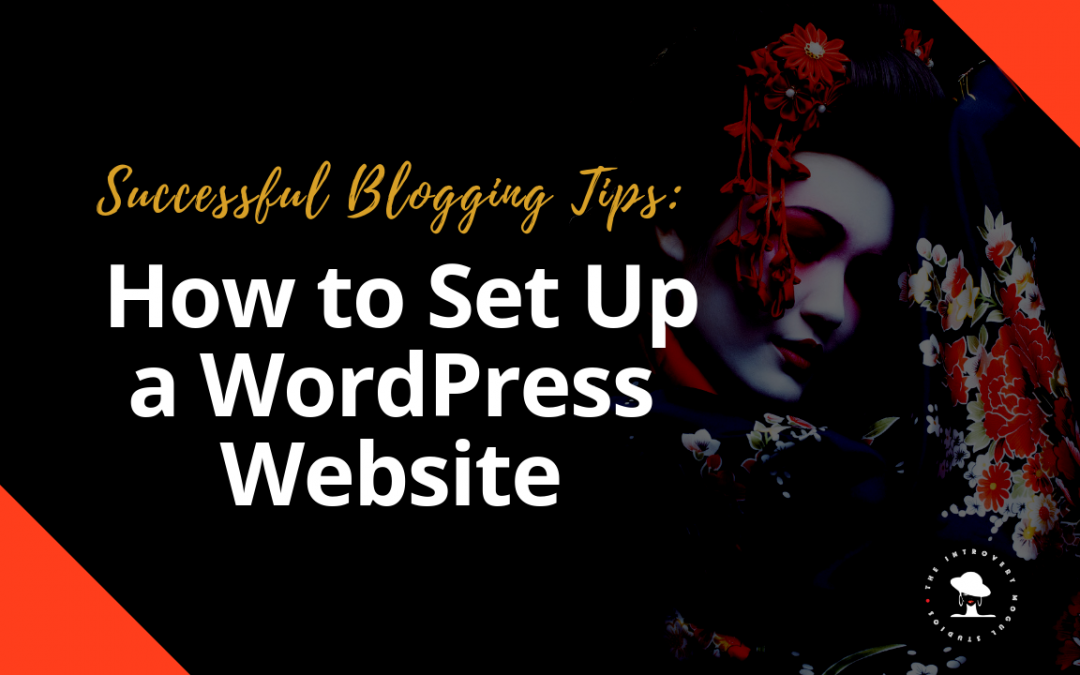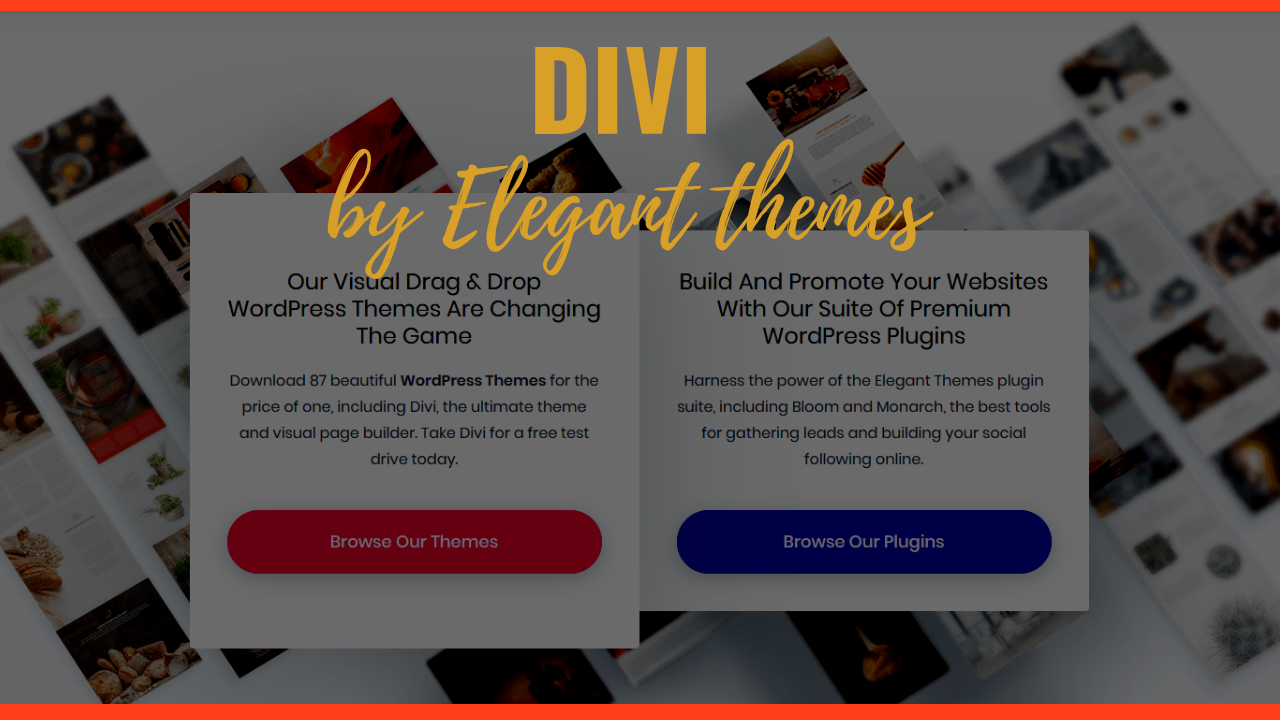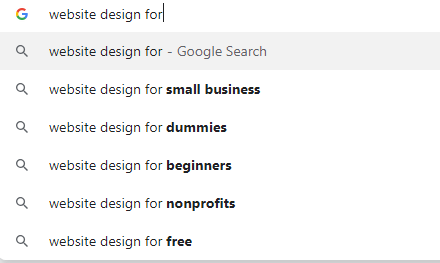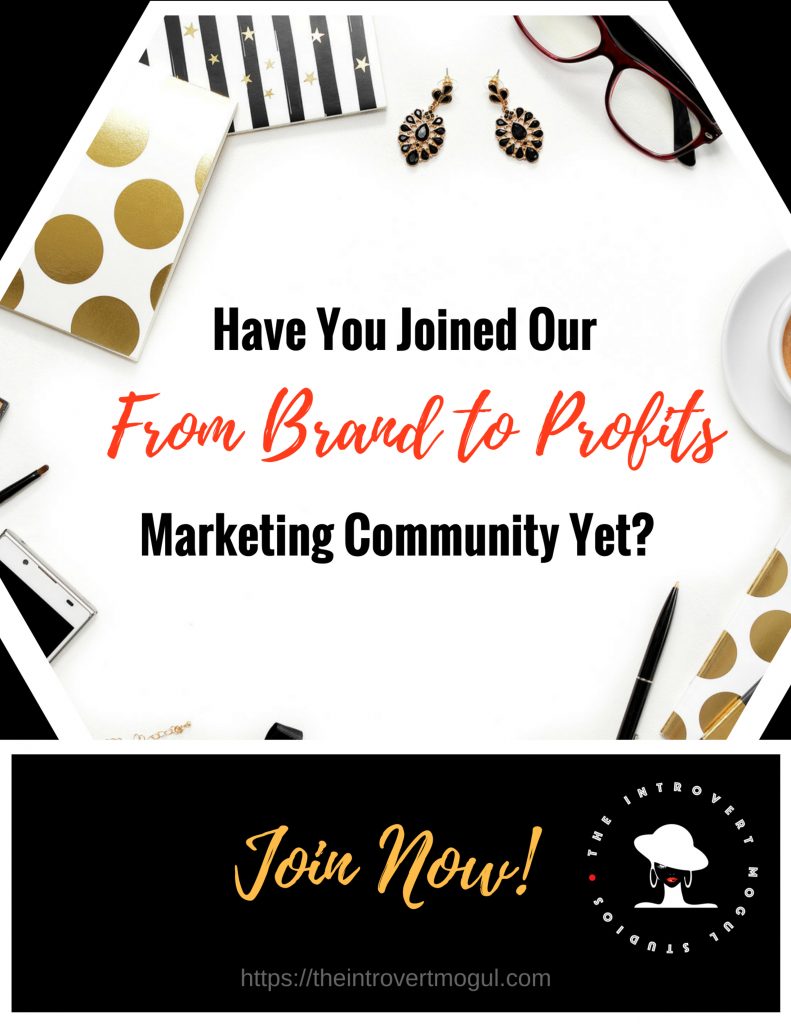How to Set Up a WordPress Website From Scratch
Blogging is one of the best ways to connect with an audience. If your goal is to build authority online, using these successful blogging tips can help you do it in a huge way! Whether you’re an introvert entrepreneur selling affiliate products, products you created, or your direct sales opportunity, creating a wordpress website will help you attract the right people on the web. If you’ve never set up a website or blog, the prospect can be an intimidating one – especially if you don’t know anything about web design or coding. The good news? Setting up a site on WordPress is very easy. It’s a simple, intuitive process that anybody can follow. And in this post, I’ll walk you through how to do it.
About WordPress Websites
You’ve probably heard about WordPress, but I want to make sure you know what we’re talking about here. WordPress.com is a free site where you can set up a blog however, because you don’t own the platform it sits on you are limited to what you can do. In this post, I’m talking about WordPress.org, which is a site-building tool that you can get through almost any web host.
With WordPress, you’ll own a domain name and control every aspect of your site. Downloading WordPress is free. You’ll need to pay for:
- Registering a domain name
- Web hosting
- A premium theme
You may decide to pay for premium plugins as well, but that’s up to you. More about plugins later…
Successful Blogging Tips Step #1: Purchasing a Domain Name
The first step is to choose and purchase a domain name. The domain name is the part of your site name that appears between the www and the extension (.com and .us are two common examples.)
Choose your domain name carefully. If you’ve got a company you’ve created or brand name already, you’ll probably want to use that as your domain name. If not, just use your own name.
The most common extension is .com, but if you’re determined to use a name that’s not available as a .com, you’ll need to choose a different extension.
The company I use for buying domain names is GoDaddy. Their prices are reasonable, and they make the process very easy.
Successful Blogging Tips Step #2: Choosing a Hosting Provider
The next thing you’ll need to do is choose a hosting provider and pay for hosting services. When you choose a hosting provider, you should look for:
- Uptime percentage (choose a host with at least 99% uptime)
- Security
- Customer service (live support 24/7)
- Minimal account limitations
- Ability to add new domains
- Affordable renewal rates
That last one is important. Some hosting providers offer great deals to new customers only to hit them with massive increases when it’s time to renew. Since switching hosts is a pain, you should try to find someone who’ll offer you a fair renewal rate.
There are two hosting providers I recommend. The first is HostGator, which offers affordable shared hosting. They offer a free SSL certificate for your domain (a must now that Google is penalizing sites that aren’t secure) and excellent service.
The second provider I recommend is Blue Host. They provide 24/7 customer service and a free SSL certificate, as well as an easy site-building process with WordPress.
Successful Blogging Tips: Choose a Premium WordPress Theme
There are plenty of free themes available with WordPress, but I strongly recommend paying for a premium theme. Premium themes come with better features and more design flexibility than free themes. You can customize them to make your site unique.
Another benefit of choosing a premium theme is that you’ll get regular updates. With free themes, that’s not a certainty. Ultimately, you need the best possible security and that’s what you’ll get with a premium theme.
The one premium theme I recommend is Divi. It’s versatile and highly customizable. It has tons of built-in features, it can be tweaked to fit your design needs, and you can see your changes as you make them.
Successful Blogging Tips: Customize Your Site
Once you’ve chosen your premium theme, the next step is to design your site. One of the reasons I recommend Divi is that you don’t need to be a professional designer to create a beautiful site with it. It offers drag-and-drop design and responsive editing so you can see how your design will look at every step along the way.
As you design your site, there are a few things you should keep in mind.
Your site must be mobile-friendly. Most themes are mobile-ready nowadays, but you’ll want to be sure that your site looks great on every device and is easy for mobile users to navigate.
The user experience should be at the top of your list of priorities. Menus should be easy to find, and you should have a system of internal links to help visitors to your site find related content.
It’s always a good idea to build an email list. Including an opt-in form on your website can help you collect leads. You may want to create a lead magnet to prompt people to subscribe to your list.
If you sell products, you may want to add an eCommerce store to your website. Most premium themes will allow you to add a commerce plugin to your site.
If you’re active on social media, you should add social follow buttons to your site.
The images on your site should be unique and relevant to your business. Stock photos can work but be careful to avoid anything that looks overly staged or phony.
It’s always a good idea to blog. Blogging keeps the content on your site fresh, encourages Google to index it regularly, and can help you rank for your most important keywords. We’ll talk more about this topic in the next section.
Of course, you may decide to add other elements to your site as well. Your premium theme should allow you to fine-tune your design until you have exactly what you want.
Successful Blogging Tips: Your first blog post
Your site is set up and ready to go. What comes next?
Blogging!
Blogging is truly one of the best ways to establish yourself as an authority in your chosen niche, connect with your target audience, attract leads, and grow your business.
Blog Topics
You might be worried about coming up with topics for your blog, so here are a few pointers to help you.
1. Search your most important keywords and scroll to the bottom of Google to look at the related search terms that come up. Some of them may suggest topics for your blog.
2. When you type your keywords into Google, you’ll see a selection of suggested searches. Here again, you may get some ideas for your blog. Here’s an example:
3. Review your site statistics and make note of the search terms that most often bring visitors to your site. You may be able to use some of them as topics.
4. Make a list of questions that your visitors are likely to want answered. Some of the best blog posts answer questions or provide step-by-step instructions on how to do something.
You get the idea. There are blog topic ideas everywhere.
Blog Length
There are different schools of thought regarding blog length. While you might think that short blog posts of 400-500 words are your best bet, there’s evidence to show that longer posts get more engagement than shorter ones.
Keep in mind that you don’t need to write your blog posts if you don’t want to. You can hire a freelancer to ghostwrite them for you. It happens all the time. Not every entrepreneur is a writer and outsourcing the writing can leave you more time for other things.
Other Tips for Blogging
Here are a few other suggestions to help you create the kind of blog that generates leads and helps you grow your business:
- Choose intriguing titles that ask questions, use numbers, or provoke an emotional response.
- Include external links to authority sites, especially to back up your arguments and data.
- Create internal links to help readers find related content on your site.
- Use subheadings, bullet lists, numbers, and images to break up your content.
- Short sentences and paragraphs are easier to read than large blocks of text.
- Include a call to action at the end of every blog post.
Ideally, your posts should be easy to read. Keep your sentences brief and steer clear of obscure words and jargon.
So That’s It!
Setting up a website and using these Successful Blogging Tips can help you connect with your target audience. Your WordPress website will serve as the hub of your online marketing efforts – and you can create a unique site that represents who you are without spending a ton of money.
I want to share with where I learned how to blog for profit for my business. This guy literally makes millions with his blog alone! You may have heard of him…
Check out his free blogging training: 5 Steps To Becoming The #1 Authority In Any Niche Using Just A Blog To Get More People Coming Directly To YOU To Join Your Business Or Buy YOUR Products!
Til Next Time!
April =)
P.S If you're feeling stuck in your business even after you did everything your upline told you to do... Take a minute to Check out my 3 Step Marketing Blueprint to learn how to start marketing your business without feeling like a pushy salesman. CLICK HERE TO WATCH

April Ray
CEO/ Founder
If you enjoyed this article, leave me a comment and share with your besties! =)
Email: april@theintrovertmogul
Ph: (619) 537-9864
"As an introvert entrepreneur I don't particularly enjoy chasing strangers online, networking events, talking about myself on social media or anything else you can think of that involves selling! But, because I learned how to market online the right way, I don't have to do those things."
↓Check Out More. Comment and Share↓














